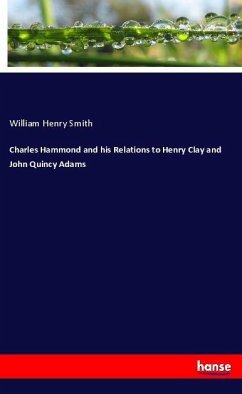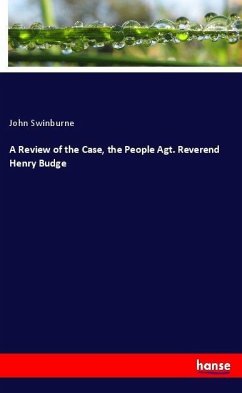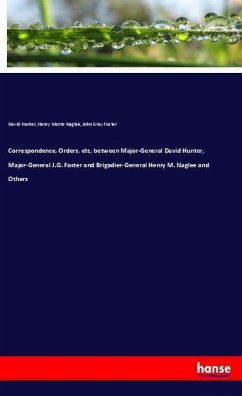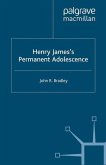The song "John Henry," perhaps America's greatest folk ballad, is about an African-American steel driver who raced and beat a steam drill, dying "with his hammer in his hand" from the effort. Most singers and historians believe John Henry was a real person, not a fictitious one, and that his story took place in West Virginia--though other places have been proposed. John Garst argues convincingly that it took place near Dunnavant, Alabama, in 1887. The author's reconstruction, based on contemporaneous evidence and subsequent research, uncovers a fascinating story that supports the Dunnavant location and provides new insights. Beyond John Henry, readers will discover the lives and work of his people: Black and white singers; his "captain," contractor Frederick Dabney; C. C. Spencer, the most credible eyewitness; John Henry's wife; the blind singer W. T. Blankenship, who printed the first broadside of the ballad; and later scholars who studied John Henry. The book includes analyses of the song's numerous iterations, several previously unpublished illustrations and a foreword by folklorist Art Rosenbaum.
Hinweis: Dieser Artikel kann nur an eine deutsche Lieferadresse ausgeliefert werden.
Hinweis: Dieser Artikel kann nur an eine deutsche Lieferadresse ausgeliefert werden.








